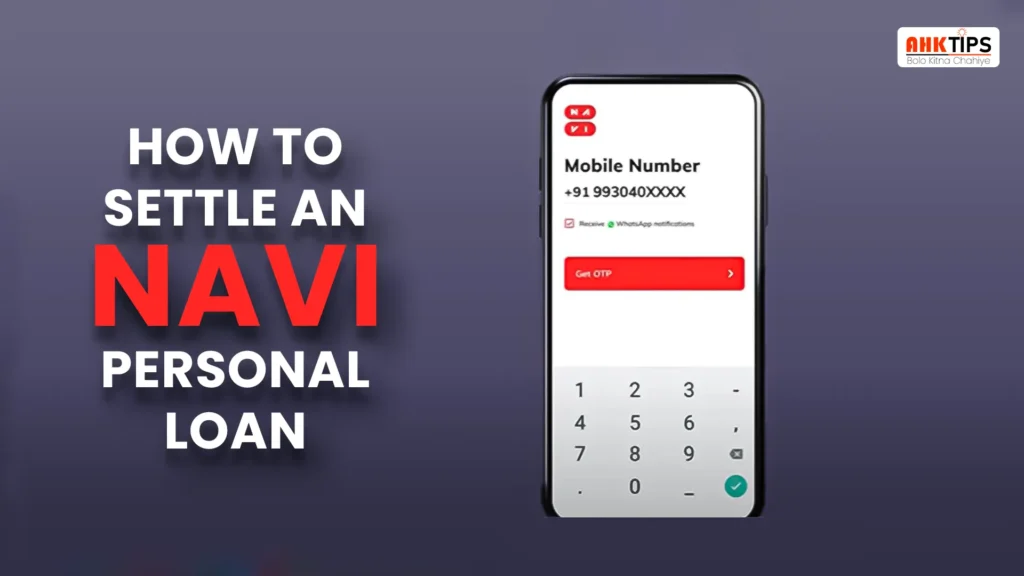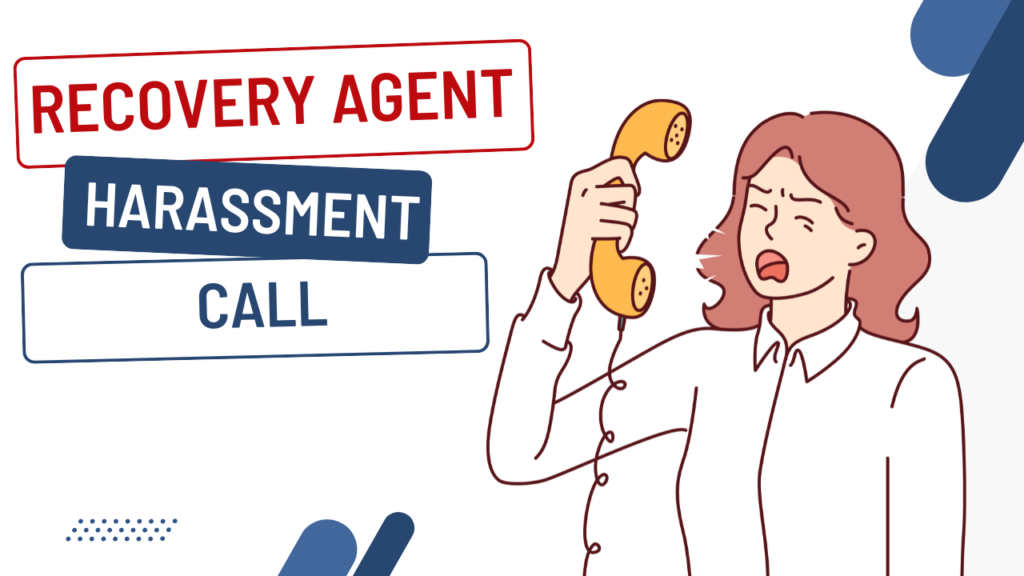Taking a personal loan with Navi is a convenient option for quick financial support. However, circumstances such as unexpected job loss, medical emergencies, or other financial crises can make it challenging to meet monthly loan payments. If you’re facing difficulties repaying your Navi Personal loan Settlement may be an option worth exploring. This guide will help you understand the settlement process, its implications, and alternative approaches to navigate financial hardship while minimizing negative impacts on your credit score.
What Does Loan Settlement Mean?
Loan settlement is a form of debt resolution in which the lender agrees to accept a one-time payment that is less than the total outstanding balance. This is usually offered as a last-resort option for borrowers experiencing genuine financial hardships. When a loan is marked as “settled,” it implies that the borrower has paid a portion of the debt to close the account, but not in full per the original terms.
Why Consider a Loan Settlement?
Loan settlement might be worth considering under circumstances such as:
- Significant Financial Distress: Unexpected financial downturns make it difficult to maintain regular EMI payments.
- Risk of Default: If you foresee an inability to pay off the loan, settling can prevent the situation from escalating into a default.
- Debt Relief: Loan settlement allows borrowers to close out debt at a reduced amount, helping ease financial pressure.
It’s essential to remember that while settling a loan offers temporary relief, it also carries long-term consequences, especially on credit scores and future loan opportunities.
Steps to Settle a Navi Personal loan Settlement
If you decide to pursue a loan settlement with Navi, follow these steps to facilitate the process effectively:
Step 1: Assess Your Financial Position
Before approaching Navi, evaluate your current finances to determine if a lump-sum payment for settlement is feasible. Consider your sources of income, ongoing expenses, and how much you can realistically offer to settle the loan.
Step 2: Contact Navi’s Customer Support
Reach out to Navi’s customer service to discuss your inability to make regular payments. Explain your financial hardship clearly and request information about possible settlement options. Navi Personal loan Settlement may require proof of your financial condition, so be prepared to provide relevant documentation.
Step 3: Provide Financial Hardship Documentation
Navi might ask for documentation to verify your financial challenges. This could include:
- Bank statements showing a decline in income.
- Medical bills or job termination letters.
- Any other documents demonstrating your reduced repayment capability.
Step 4: Negotiate the Settlement Terms
Once Navi confirms your financial situation, negotiate the settlement amount. This amount is typically lower than the remaining balance but may still require you to pay a significant portion upfront. Be prepared to counteroffer if the initial amount Navi suggests is too high for you.
Step 5: Obtain a Written Settlement Agreement
Once you and Navi agree on a settlement amount, request a written agreement that clearly outlines the payment terms, deadlines, and any other conditions. Ensure it includes a statement indicating the loan will be marked as “settled” upon receipt of payment.
Step 6: Make the Settlement Payment
After finalising the agreement, make the payment by the agreed date through a reliable method, like an online bank transfer or demand draft. Keep proof of payment as a record in case of any disputes.
Step 7: Request a No-Dues Certificate
Once the settlement payment is complete, ask Navi for a No-Dues Certificate. This document is essential as it confirms that no outstanding dues remain on the loan and that the loan account is officially closed.
Consequences of Loan Settlement on Credit Score
While loan settlement may help in times of financial distress, it has long-term impacts on your credit score and future borrowing opportunities.
- Credit Score Drop: When you settle a loan, the credit bureaus are notified, and your credit score may drop. Settled loans are generally viewed negatively as they indicate you couldn’t fulfil the loan as per the original terms.
- Credit Report Notation: Instead of marking the loan as “closed” or “paid in full,” lenders record it as “settled,” which may affect future credit applications.
- Lasting Credit History Impact: Loan settlements remain on your credit report for up to seven years, which could impact credit card or loan approvals down the line.
Alternatives to Settling a Navi Personal Loan
If the negative impact on your credit score is a concern, consider these alternatives:
Loan Restructuring
Loan restructuring may allow you to modify the loan terms, such as extending the loan tenure or reducing EMI amounts, making repayment manageable without impacting your credit score as heavily as settlement.
Payment Deferral
Navi might offer a temporary deferment, which pauses your EMI payments for a specific period. This option may allow you some financial breathing room without the long-term credit consequences of settlement.
Debt Consolidation Loan
A debt consolidation loan allows you to merge multiple loans into a single one with a lower interest rate. This may reduce your monthly payment amount, making it easier to manage the Navi personal loan.
Borrow from Family or Friends
If possible, borrowing from family or friends to pay off the loan could be a viable option. This way, you can close the loan without affecting your credit score and avoid the settlement process altogether.
Conclusion
Settling a Navi personal loan Settlement is a significant financial decision that can provide relief if you’re struggling with repayments. However, the settlement comes with long-term credit implications that might impact your financial future. Before proceeding, evaluate all options, including loan restructuring or deferment, and consider consulting a financial advisor.
Loan settlement should be a last resort after exploring other avenues for repayment. While it provides short-term relief, it’s crucial to plan for the future by adopting responsible financial practices to improve your credit score over time. A well-informed decision can help you achieve a balanced resolution that eases your current financial strain while preserving your creditworthiness for future needs.
Frequently Asked Questions (FAQ’s)
Ans: Not necessarily. Navi is under no obligation to approve a settlement request. Approval depends on your financial situation, your repayment history, and the lender’s policies.
Ans: Yes, you can negotiate with Navi regarding the settlement amount. Being open and transparent about your financial situation can help you negotiate better terms.
Ans: Your credit score may gradually recover if you maintain timely payments on other accounts, but the “settled” status will remain on your report for up to seven years.
Ans: “Settled” means the lender accepted less than the full amount to close the account, while “closed” or “paid in full” means the loan was repaid in full as per the original terms.
Ans: While it’s possible, lenders may be cautious about approving loans if you have settled accounts in your credit history. It may limit access to future credit.
Ans: Yes, once you complete the settlement payment, Navi should issue a No-Dues Certificate confirming that there are no outstanding dues on the loan.













